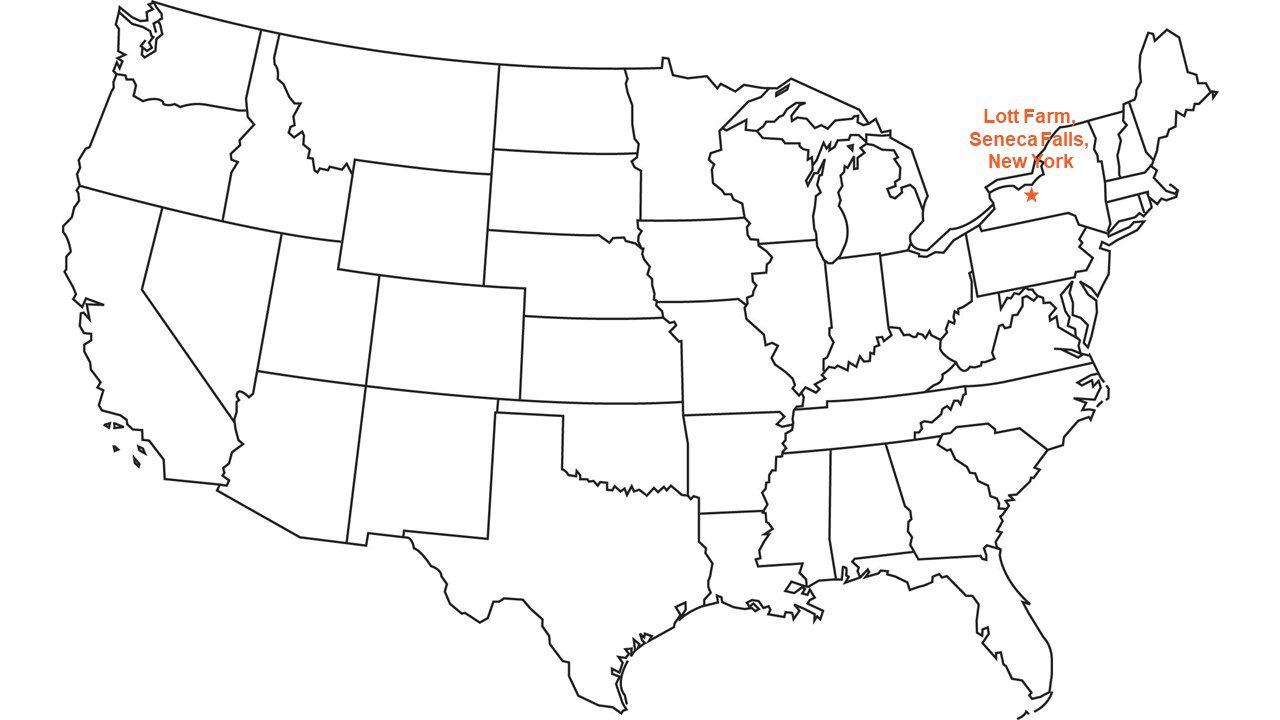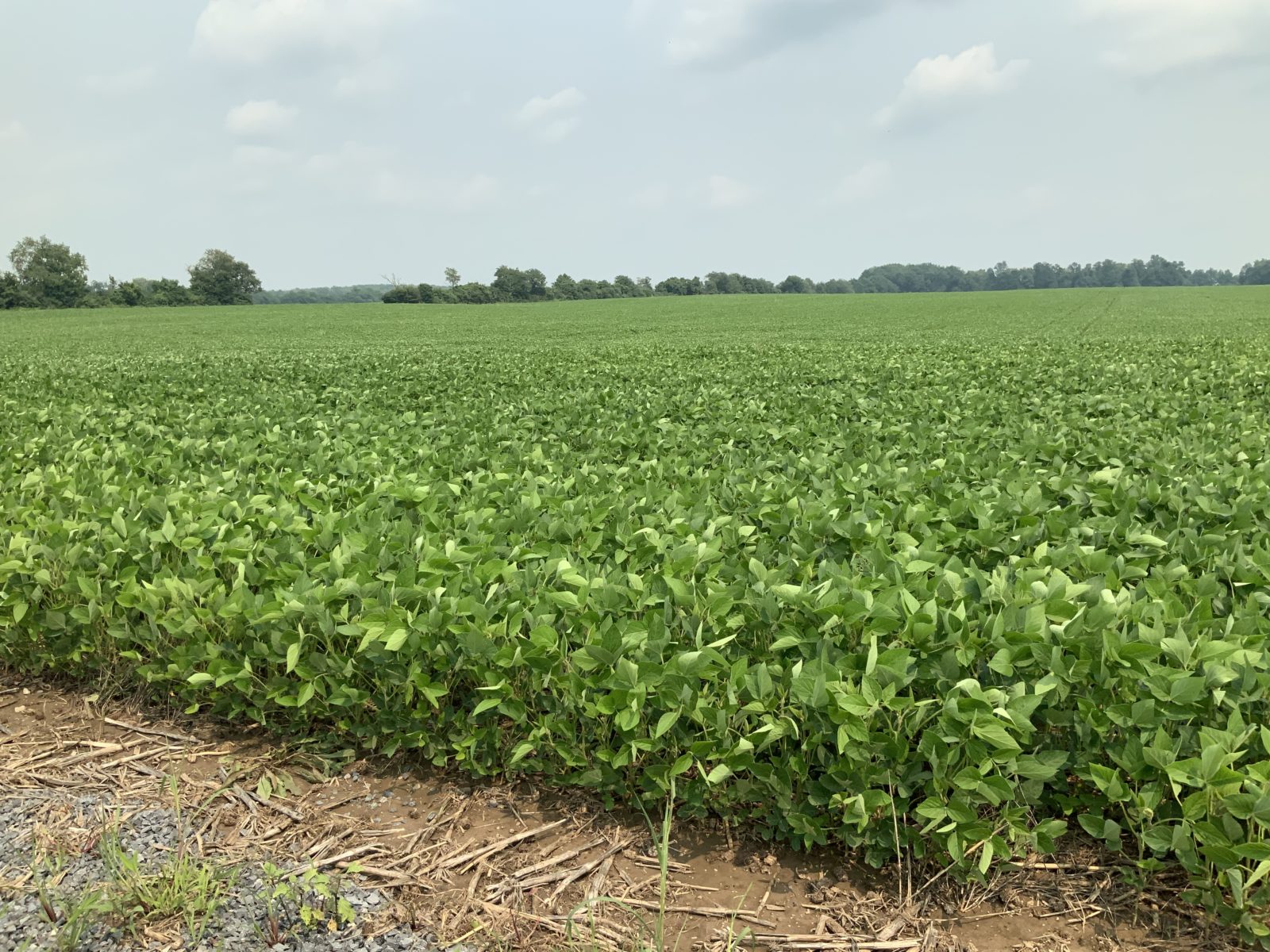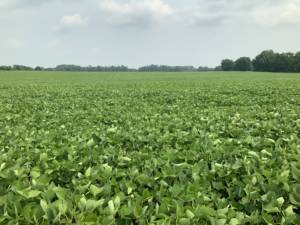 Our crops are looking good. Although the weather has been dry, we have consistently been getting enough rain to help the crops grow. So far, the soybeans and corn both look like they could be the best crop we’ve had in the last 10 years. Hopefully that will continue!
Our crops are looking good. Although the weather has been dry, we have consistently been getting enough rain to help the crops grow. So far, the soybeans and corn both look like they could be the best crop we’ve had in the last 10 years. Hopefully that will continue!
We plant soybeans in 38-cm, or 15-inch, rows, and the soybeans have canopied, or grown enough to close in the space between the rows. We plant indeterminate varieties, which means that now that the soybeans have starting flowering, they will continue flowering and setting pods throughout the next couple months.
My son Rodman applied herbicide to the soybeans a few weeks after they were planted to control the flush of weeds that came up at that time. We have continued scouting, and soybean aphids have shown up in our fields. Some fields have populations over the economic threshold to control them, and other fields are approaching that threshold. Forecast weather conditions will allow the aphid population to continue growing. We are adding an insecticide to control those aphids to our second herbicide application to control foxtails, a grass weed that is also a problem in the fields. We are applying that mixture as the crop canopies to protect crop yield and quality.
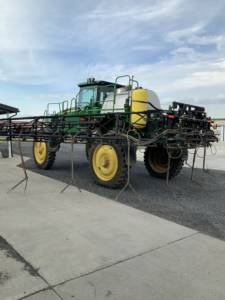 Hot weather has allowed our corn to grow quickly. It received an herbicide application a few weeks after planting, as well. Although we had planned to apply herbicide again, scouting showed that the weeds were under control, so that second application wasn’t necessary. In early July, as the corn approached shoulder height, we used our sprayer equipped with Y-drops, nozzles that drop well below the top of the crop, to apply more nitrogen fertilizer to keep the corn growing well. We continue to be happy with the results of strip-tilling at planting.
Hot weather has allowed our corn to grow quickly. It received an herbicide application a few weeks after planting, as well. Although we had planned to apply herbicide again, scouting showed that the weeds were under control, so that second application wasn’t necessary. In early July, as the corn approached shoulder height, we used our sprayer equipped with Y-drops, nozzles that drop well below the top of the crop, to apply more nitrogen fertilizer to keep the corn growing well. We continue to be happy with the results of strip-tilling at planting.
Our winter wheat also looks good, and we started harvesting in mid-July. Although it is yielding well, grain moisture levels have been high, and conditions are such that grains of wheat in the heads have started sprouting in the field. That is a quality issue. We had hoped to sell at least some of our soft red winter wheat for the human food chain, but any that is sprouting can only be used for livestock feed. Last year, sprouting wasn’t an issue, but this year it is a common problem in our region of the U.S. Northeast.
While we have had a lot of work to do in the fields, we are constantly looking ahead. In early July, I hauled nearly 658 metric tons (MT), or 725 U.S. tons, of lime from a local quarry. We will store it in our commodity shed until after corn harvest. Then, we will spread it on our fields to adjust the pH of our soils.
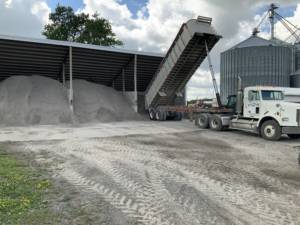 I have also continued hauling corn to the local feed mill. I typically deliver about 20 loads each month through September, shortly before harvest. Labor shortages at the nearby soybean crushing plant means that we are also hauling some soybeans ourselves. My hobby herd of cattle is also doing well, including the 13 calves that have been born in the last few months. In addition, I continue to attend summer industry meetings.
I have also continued hauling corn to the local feed mill. I typically deliver about 20 loads each month through September, shortly before harvest. Labor shortages at the nearby soybean crushing plant means that we are also hauling some soybeans ourselves. My hobby herd of cattle is also doing well, including the 13 calves that have been born in the last few months. In addition, I continue to attend summer industry meetings.
Looking ahead includes thinking about harvest. With the soybeans and the corn both looking so good right now, we have started planning what storage bins we may use for each crop. We need to have a plan that we can adjust as we continue monitoring yield potential through the rest of the season. It’s all part of our work to raise a reliable, sustainable supply of soybeans and other crops.
